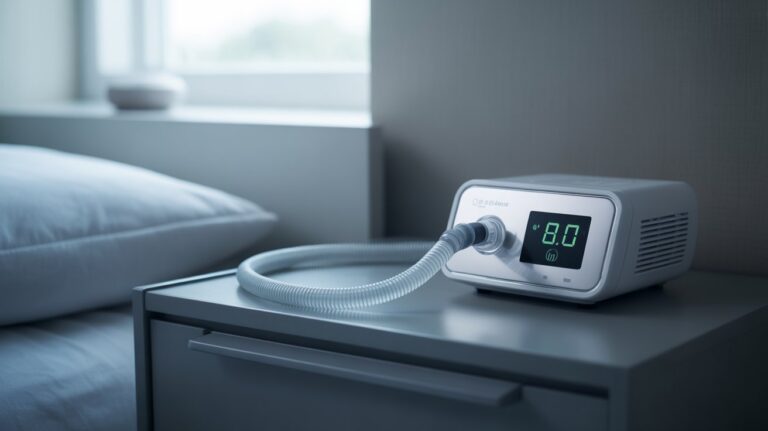Why Does RO Water Get Slimy?
Have you ever wondered why sometimes your reverse osmosis (RO) water feels slimy to touch? This unexpected texture change can be a bit puzzling, especially when you associate RO water with purity and cleanliness. Understanding the reasons behind this phenomenon can help you tweak your filtration system for optimal water quality. Let’s explore the composition of RO water and the factors that can lead to that unwanted slippery feel.
The Basics of Reverse Osmosis
The reverse osmosis process involves applying pressure to push water through a membrane. This forces water molecules through while impurities are left behind. As a result, RO water is cleaner and free from many contaminants found in regular tap water.
Common Components Removed by RO
RO systems are designed to remove a variety of substances, including:
- Dissolved salts: These include sodium, chloride, calcium, and magnesium.
- Microorganisms: Bacteria and viruses are effectively removed.
- Heavy metals: Lead, arsenic, and mercury are eliminated.
- Chemicals and toxins: Pesticides, herbicides, and other organic compounds are filtered out.
Purity vs. Sliminess
Although RO water is purified and stripped of many minerals and contaminants, its interaction with containers, pipes, and environmental factors can lead to a slimy texture.
Possible Causes of Slimy RO Water
There could be multiple reasons why your RO water might feel slimy, each related to different stages or aspects of water processing and storage.
Bacterial Growth
One of the most common reasons for slime is bacterial growth. Despite the effectiveness of RO at removing microorganisms, if any bacteria remain or enter the system afterward, they can multiply. Moist environments are breeding grounds for bacteria, and standing water in pipes and storage tanks can lead to bacterial slime.
Biofilms
A biofilm is a collection of microorganisms that form a layer on surfaces. They produce a slimy, glue-like substance that can coat anything from pipes to water storage tanks. While RO systems are generally designed to minimize biofilm, over time and with improper maintenance, biofilms can develop.
Re-mineralization and Its Effects
Some RO systems have a re-mineralization stage where certain minerals are added back to the water for taste and nutritional benefits. If re-mineralization cartridges become old or are not properly maintained, they may not function correctly, potentially leading to a slimy feeling in the water.
pH Imbalance
RO water typically tends to be slightly more acidic as the process removes alkaline minerals. If your water’s pH is too low, it might feel different, sometimes described as slimy. pH adjustments systems that are not working correctly can exacerbate this issue.
Contamination from Storage Tanks
Material and design of storage tanks can contribute to the problem. Some materials might leach subtle substances into the water, contributing to the slimy texture. Plastic tanks, for instance, might affect the feel of the water more than stainless steel options.

Troubleshooting and Solutions
Identifying the cause of sliminess in RO water is critical to finding an appropriate solution. Here’s how you can troubleshoot and solve this problem.
Regular Maintenance Is Key
To inhibit bacterial growth and biofilm formation, regular maintenance and cleaning of the RO system are essential. This includes sanitizing the system and changing filters based on the manufacturer’s recommendations.
Ensure Proper Sealing
Check that all the seals and gaskets are in top condition to avoid bacteria from entering the system. Leaks or breaches in the system can let contaminants back into clean water.
Regular Replacement of Filters and Cartridges
Replacing filters and re-mineralization cartridges regularly is also crucial. Follow manufacturer guidelines on how often these components need changing to ensure the system runs efficiently.
Monitor Water Quality
Regularly test the pH level and overall quality of the water. This can help detect changes early, ensuring that any adjustments to the system or maintenance can be conducted in a timely manner.
Upgrade Storage Tanks
Consider upgrading to a higher quality material for your storage tank if contamination seems to be an issue. Stainless steel tanks, though more expensive, provide a durable and less reactive option than plastic.
Preventing Sliminess in the Future
Taking the right preventative measures can not only resolve sliminess but also improve the overall efficiency of your RO system.
Install UV Filters
For homes and establishments with concerns about bacterial contamination, integrating a UV filter into the system can help kill any bacteria present after the water has passed through the RO membrane.
Consider a Water Softener
A water softener can work in conjunction with an RO system to balance out hard minerals without affecting water purity, which sometimes aids in preventing the slimy feel.
Custom-Tailor Your RO System
Different environments might call for tailored systems. If your water’s specific contaminants or characteristics cause problems, consult with a water treatment professional about a custom RO setup.
Encourage Proper System Flow
Ensure good water flow throughout the system to prevent stagnation, which can contribute to bacteria and biofilm formation. Regular usage typically helps maintain flow, but adjustments might be needed in low-use scenarios.

Importance of Professional Advice
Though the above tips and suggestions can greatly enhance water quality and system performance, professional advice and installation might be necessary. Experts can help you troubleshoot difficult problems and design systems that match your specific requirements.
Regular Professional Check-ups
Getting a professional inspection of your system from time to time can prevent minor issues from turning into major problems. Technicians can check the integrity of the system, replace parts, and ensure everything is running smoothly.
System Upgrades
If your current system struggles to meet your needs, a professional can recommend upgrades or replacements that better suit the evolving demands of your home or business.
Education and Awareness
Professionals can also educate you about the system’s operation, what to look for regarding potential issues, and how best to maintain your equipment.
Conclusion
Experiencing slimy reverse osmosis water can be an unexpected and unpleasant surprise, but understanding why it happens and how to prevent it is entirely within reach. Proper maintenance, venturing into upgrades if necessary, and keeping a close watch on all parts of your RO system will assure you of clean, pure water without the undesired textures. Taking these actions and seeking professional guidance when needed will help maintain the quality and longevity of your RO system, ensuring a consistent supply of high-quality water.







